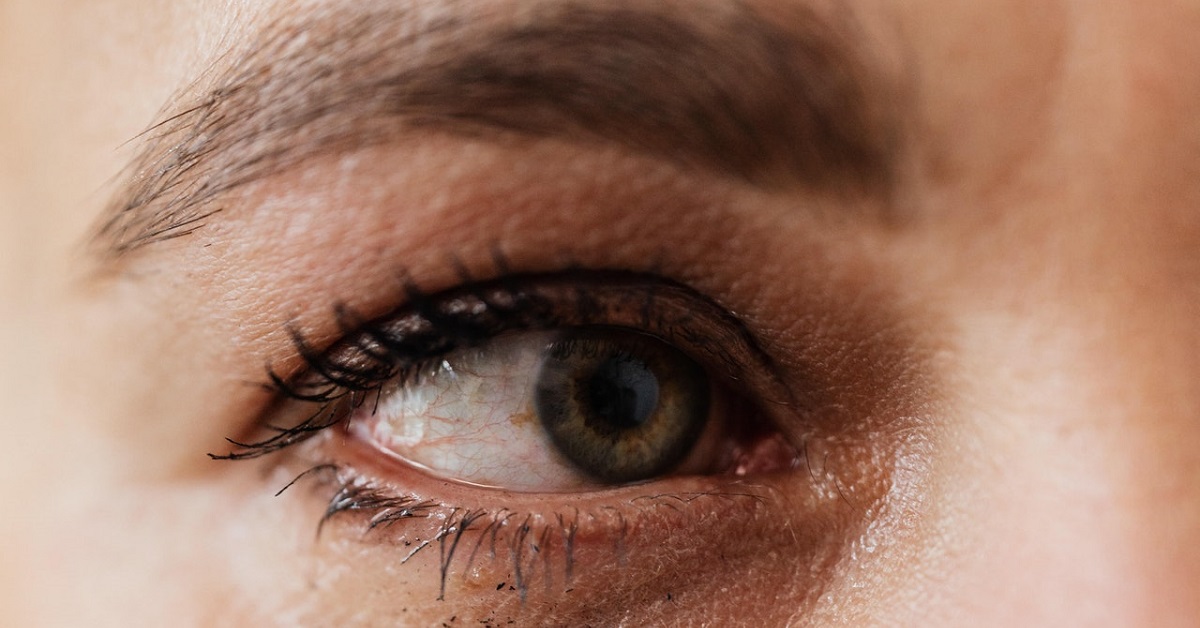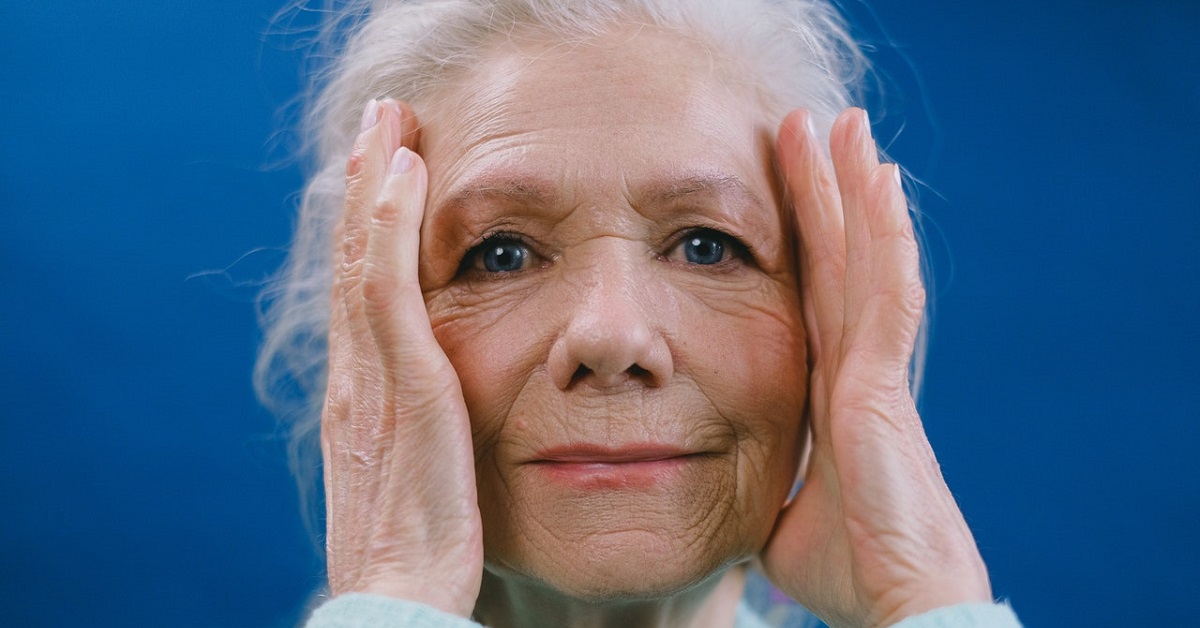
Eyecare crosses over into other categories such as allergies, infections and lifestyle and so presents a good opportunity for you to help people self-manage these conditions without burdening the doctor. However, the range of eyecare products can be confusing, so customers will be coming to you for answers and advice on what is best for them. Keep reading to learn about the course and understand the common eye conditions on the NHS.
This course will prepare you to give customers appropriate advice and make confident recommendations.
What is the overall aim of this course on eye conditions on the NHS?
This eye health course will educate you to provide suitable guidance to customers and make confident suggestions.
What are the learning outcomes?
You will be able to do the following by the end of this course:
- Identify eye problems that are non-serious
- Give consumers advice on how to deal with their symptoms.
- Make suitable eyecare treatment recommendations for customers.
What’s the duration of the course?
It will take you about 15 minutes to complete this course. The videos are optional and extra, but they are provided to accommodate various learning methods and to aid in the learning process.
What will you gain as a result of this course on common eye conditions on the NHS?
Eyecare intersects with other areas such as infections, allergies, and lifestyle, providing an opportunity for you to assist individuals in self-managing these illnesses without putting a strain on the doctor’s schedule. Customers will come to you for solutions and guidance on what is ideal for them because the variety of eye care products might be confusing.
What’s new?
Following the temporary interruptions to eyecare services caused by the coronavirus pandemic, it’s crucial to remind clients that frequent check-ups are critical for avoiding long-term issues and damage from glaucoma, diabetes and age-related macular degeneration.
What are some of the most frequent eye conditions on the NHS?
Age-related Macular Degeneration (AMD)
A disorder known as age-related macular degeneration (AMD) damages the centre area of your eyesight. It’s the most prevalent cause of vision loss in older adults in the United Kingdom. Because some varieties of AMD require prompt treatment, it’s critical for patients to see their optometrist if they detect any unexpected changes in their vision.
Dry and wet AMD are the two basic kinds of this condition. Dry AMD, also known as wear and tear, is induced by a pile of waste within the light-sensitive cells of the eye, which are known as drusen. Drusen prevent cells from responding to light effectively. This type of AMD usually takes a long time to develop.
Allergic conjunctivitis
This is an inflammation of the front of the eye as well as the inside of the eyelids. It damages the thin layer of the tissue that surrounds the inside of the eyelids and a portion of the front of the eye (conjunctiva). It’s usually not dangerous, and it’s also known as pink or red eye. Bacterial and viral conjunctivitis are the two other types of conjunctivitis.
Viral and bacterial conjunctivitis
This is an infection that causes inflammation of the front of the eye and the eyelids. It impacts the thin layer of tissue covering the inside of the eyelids and a portion of the front of the eye (conjunctiva). It’s usually not dangerous, and it’s also known as pink or red eye.
Blepharitis
Blepharitis is an eye ailment in which the eyelids become inflamed and painful. The condition causes red, puffy, and inflamed eyelids. It usually does not cause major eye injury, although it can be highly irritating. It’s a long-term illness, so patients will probably need treatment for the rest of their lives. Severe cases do have the potential to cause long-term damage, but these are luckily uncommon.
Cataracts (Eye conditions on the NHS)
Cataracts are one of the most prevalent vision problems, affecting up to half of all persons over the age of 60. When the lens in a patient’s eye becomes hazy, it is called a cataract. It might affect the entire lens or only a portion of it. There are several forms of cataracts. The most prevalent is age-related cataracts, which affect adults over the age of 65. Almost everyone over the age of 50 has the condition to some degree.
The most significant risk factor for cataracts is advanced age. Smoking, in addition to age, increases the chance of cataracts and quite often causes cataracts to form earlier and more rapidly. Excessive exposure to sunshine and UV light has been shown to hasten the development of cataracts. Diabetes is another prevalent cause of cataracts that develop early in life. Other factors include the use of certain medicines, such as steroids, or the development of cataracts as a result of an eye injury or surgery. Cataracts can be present at birth in some circumstances.
Get in touch with us for more information. Start your course today!
This blog post was written on behalf of Mediapharm by Pharmacy Mentor.




